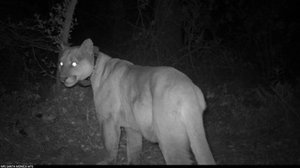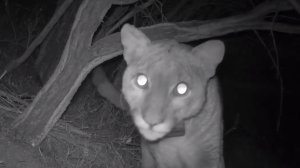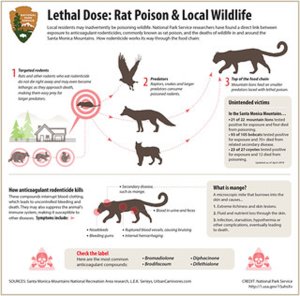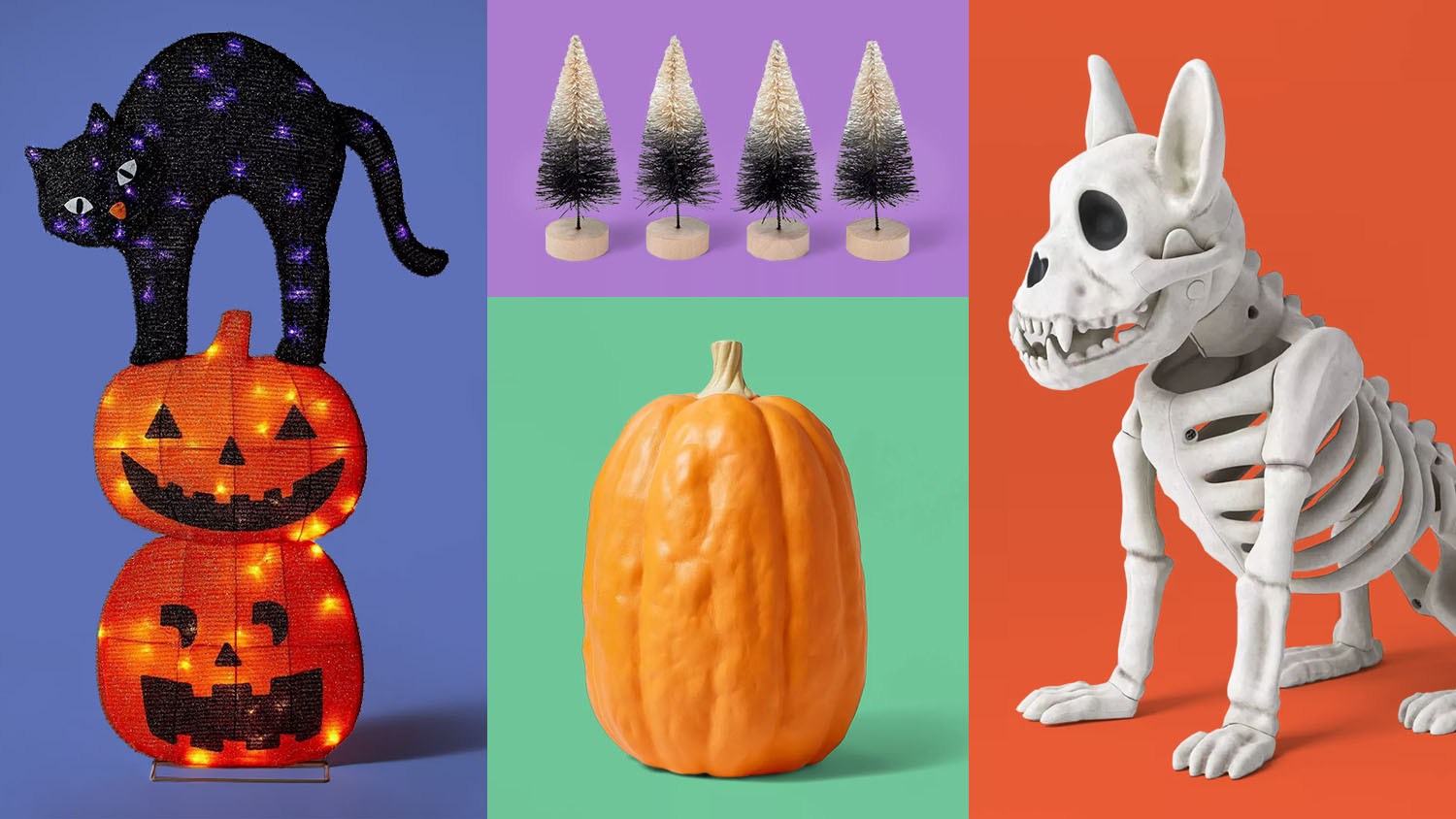Two mountain lions that were part of a study of pumas in the Santa Monica Mountains have been found dead, and evidence shows that both ingested rat poison, the National Park Service said in a somber announcement on Tuesday morning.

One of the cougars, a 6-year-old male known as P-30, died from anticoagulant rodenticide poisoning, according to biologists.
A cause of death was not determined for the other big cat, a 4-year-old female known as P-53, but testing determined there was anticoagulant rodenticide in her liver.
The carcass of P-30 was found on Sept. 9 in Topanga State Park after his radio collar transmitted a mortality signal, according to Ana Beatriz Cholo, the public information officer for the Santa Monica Mountains National Recreation Service.
P-30 had no obvious signs of injury and trauma, and was otherwise healthy, Cholo said in statement.
A necropsy found he bled to death internally, with severe hemorrhaging in his brain and abdominal captivity; in his abdomen alone, officials found about five liters of unclotted blood, the statement read.
Testing found P-30 had ingested five different anticoagulant rodenticides: bromadiolone, brodifacoum, chlorophacinone, difethialone, and diphacinone.

He’s the fifth mountain lion in the long-term study of big cats in the urban sprawl of Los Angeles County to die after ingesting rat poison, park officials said.
Biologists were unable to determine a cause of death for P-53 because her carcass was decomposed by the time the remains were discovered in Malibu on Aug. 15, according to Cholo.
But testing was able to detect four different anticoagulant rodenticides in her liver; the compounds were identified as brodifacoum, bromadiolone, difethialone, and diphacinone.
“Just about every mountain lion we’ve tested throughout our study has had exposure to these poisons, generally multiple compounds and often at high levels,” said Seth Riley, an ecologist and the wildlife branch chief for Santa Monica Mountains National Recreation Area.

Back in April, mountain lion P-47 died from rat poison; and tests showed P-64 had six different anticoagulant compounds in his liver after he was found dead in the weeks following last year’s Woolsey Fire, according to the statement.
Typically, mountain lions and other predators can be exposed to the toxicants through the food chain, usually by eating another animal that ingested the bait, or an animal that ate the animal that consumed the rat poison.
And while not all of the cats die from the exposure, it can impact their health in myriad ways.
“Even if they don’t die directly from the anticoagulant effects, our research has shown that bobcats, for example, are suffering significant immune system impacts,” said Riley.
Anticoagulant poisoning is the second-leading cause of death for local mountain lions that roam the Santa Monica Mountains and surrounding territory, at least as far as human mortality causes go, according to the Park Service.
The two most recent deaths, along with two others over the summer, highlight the challenges the species face in the region.
One mountain lion, P-61, was fatally struck by a vehicle on the 405 Freeway in the Sepulveda Pass after being chased by another male puma on Sept. 7.
And P-38 died after being shot in the head in July. A man pleaded guilty to fatally shooting the protected mountain lion and was sentenced last week to 30 days in jail.










